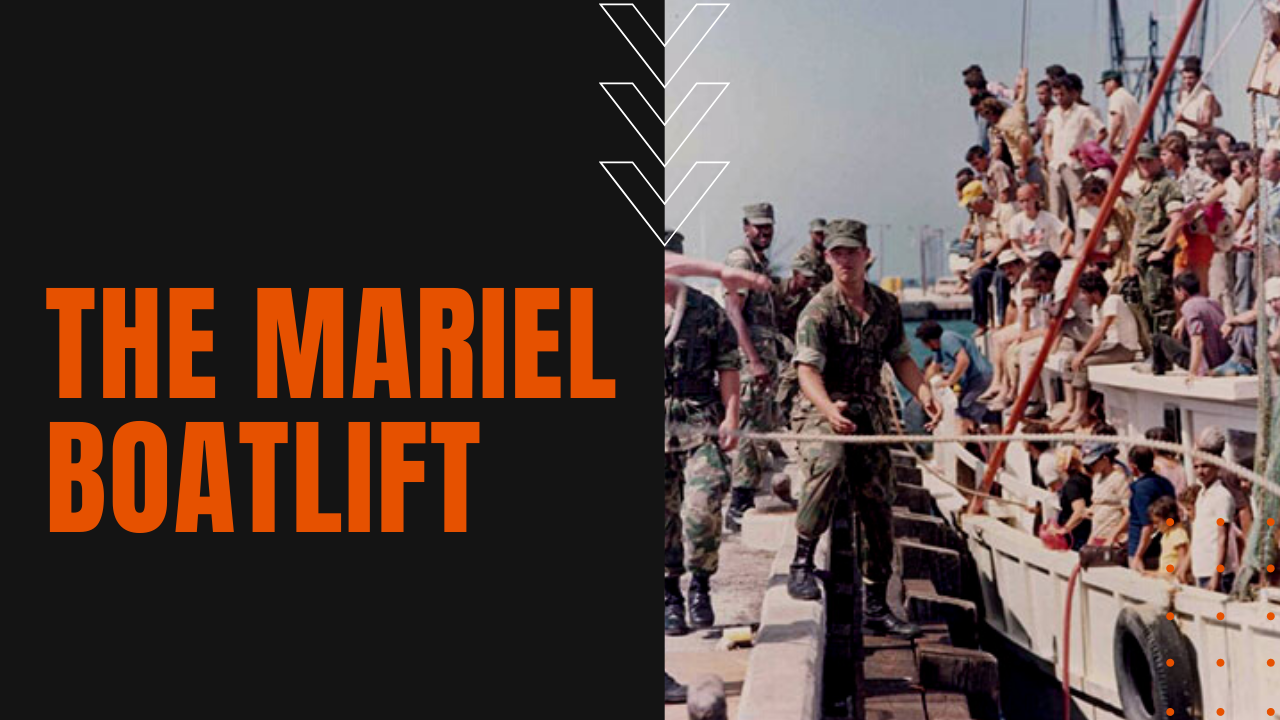Mariel Boatlift: Fidel Castro Frees Cubans to Flee for America

After roughly 10,000 Cubans attempted to gain asylum by taking refuge on the grounds of the Peruvian embassy in Havana, Fidel Castro formally announced that any Cubans wishing to emigrate to the United States were now free to go.
What Was the Mariel Boatlift?
In response, beginning on April 15th, 1980, Cuban Americans living in Southeast Florida arranged a flotilla of some 1,700 small boats to ferry the latest Cuban refugees across the 90-mile stretch of open water that separated Mariel Harbor from Miami, quickly overwhelming the Coast Guard, shoreline dock capacity and immigration officials.
Of the 125,000 refugees who fled Cuba during the five-and-a-half-month exodus, 27 died as a result of unseaworthy or overloaded vessels, including 14 on one small boat that capsized and sank on May 17th.
Mariel Boatlift Crime
Forever known as Marielitos, the wave of immigrants created political headaches for U.S. President Jimmy Carter, when his administration failed to develop a consistent response to the mass wave of new arrivals. While the Cuban economy ultimately suffered a serious downturn after the Mariel Boatlift, it was later learned that Castro had intentionally forced addicts, prostitutes, criminals, the mentally ill and unproductive slackers onto the flotilla at Mariel Harbor, effectively “flushing Cuba’s toilet onto the United States,” as Castro boasted after his decision to allow the boatlift.
Of the 125,000 refugees, in 1985, the Sun Sentinel newspaper estimated that 16,000 to 20,000 of the newly-arrived immigrants had criminal backgrounds in Cuba, forcing the Miami police force to substantially accelerate the hiring of new police officers to combat the city’s dramatic increase in crime and homicide rates.
